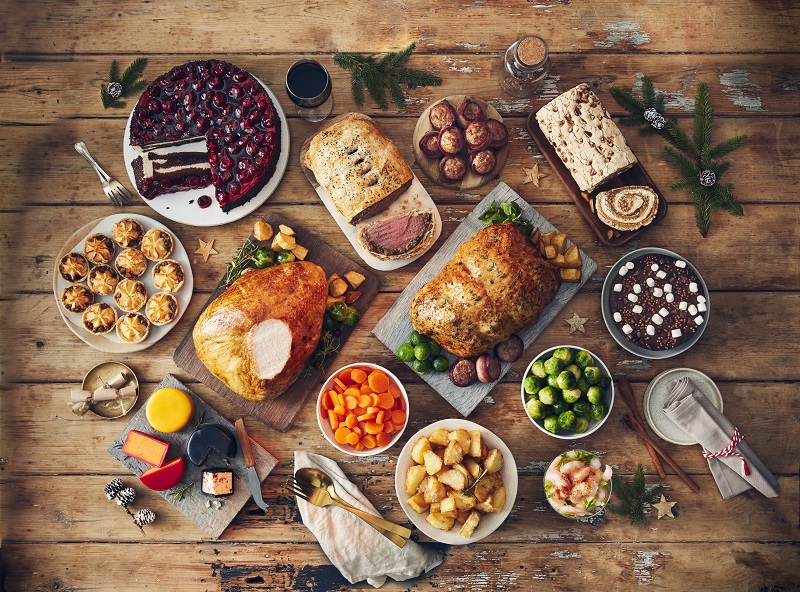1. Seafood
Prawns, crabs, lobster, prawns or lobster are a great ally. They accept wide varieties of cuisine: baked, grilled or even steamed, it is advisable to avoid mixing them with sauces and battered. It is advisable to include them in meals as they “provide high quality proteins, vitamins and minerals: iron, potassium, sodium and magnesium”, according to Belmar.
2. Mushrooms
They contain B vitamins, potassium, iron and phosphorus among other nutrients. All this makes them available in main dishes or even as an ingredient of light sauces or snacks. Also, “they are rich in fiber, which helps regulate intestinal transit”, and therefore allows to digest meals that end up becoming heavy.
3. Blue fish
Blue fish is rich in protein and omega-3 fatty acids, a nutrient obtained in cold-water fish, including tuna, salmon and mackerel, as well as green leafy vegetables, flaxseed oil and certain vegetable oils.
With this great variety of nutrients it provides, it is one of the perfect candidates to become the main course.
4. Vegetables
Although they are often not included in our diet throughout the year, their wide variety of presentations can be perfectly adapted to the Christmas menu: in broth, fresh, cooked, as a side dish and even as an aperitif.
As for its properties, they are very broad: they provide minerals and vitamins, fiber, antioxidants, have a wide aqueous content and very low in calories. “They are beneficial for balancing excess bad fats that we can eat these days,” Belmar explains.
5. Pork
It is always preferable to choose the lean part of this animal, such as loin or sirloin and it can be another good option as a main course if it is not ruined with highly caloric sauces and is cooked in the oven or grilled.
“It is an important source of iron, vitamins and minerals as well as proteins of high biological value,” says a specialist.
But at the same time, as explained by the Food and Agriculture Organization of the United Nations (FAO), “The widespread use of antibiotics, especially in the commercial pig sector, creates residue problems in pork products and concerns about the consequent development of antibiotic resistance.” Therefore responsible consumption of this meat is recommended.
6. Turkey
It is one of the meats with the lowest levels of fat and represents one of the traditional meals at this time. In addition, it is a protein-rich food and can help maintain insulin levels after each meal within a desirable range. This insulin in turn helps glucose enter the body’s cells, so at this time, where a lot of sweets are consumed , it can be very beneficial.
7. Dried fruits and nuts
Grapes raisins or figs are good examples. Rich in fiber, iron and antioxidants, they strengthen the immune system and prevent cellular aging. “They can be included as a healthy snack or as part of a dessert or recipe,” she says.
As for their properties, they have a high content of mono or polyunsaturated fatty acids, low in saturated, lack of cholesterol, and presence of vitamin E, folic acid, magnesium, phytochemical proteins and plant sterols. “The best option is to take them raw and saltless to optimize their profits,” she said.




